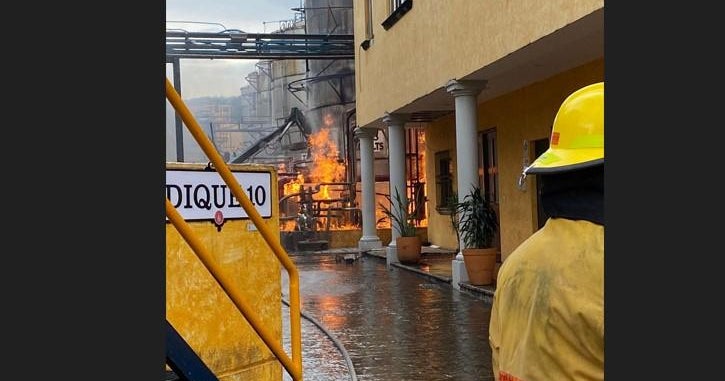Trove of ancient skulls and bones found stacked on top of each other during construction project in Mexico
Archaeologists working on a site in Mexico found ancient skulls and bones stacked on top of each other, offering a glimpse into the practices of how some funerals might have been carried out in the region and era, officials said.
The discovery was made in Pozo de Ibarra, a small town in the state of Jalisco. Personnel from the National Institute of Anthropology and History, a government department, were observing the construction of a sanitary sewage network, to protect any cultural artifacts that might be found during the project, the INAH said in a news release.
As the work went on, the archaeologists discovered a funerary system, where a series of bones were carefully arranged. Long bones, like tibias and femurs, were placed in one part of the system, while skulls were in another area. Some skulls were even stacked on top of each other.
In total, researchers found at least seven complete skulls, the INAH said, each likely belonging to a male individual. Those individuals were all of different ages, and some of the skulls show cranial modification, a social practice where the skull was shaped a certain way for aesthetic purposes, the institute said.
The archaeologists were able to determine that the bones were placed in these patterns after they had become skeletonized, suggesting a "complex funerary system," according to the INAH. All of the bones were buried at the same time.
It's not clear why the burial would have been conducted this way, the INAH said, noting that that there are no precedents for this type of funeral. The department suggested that the seven men might have been from one family and that the remains were buried there as part of a rite to found a settlement.
The practice may date back to the Amapa cultural era, which occurred from 500 AD to 800 or 850 AD. Ceramic vessels and figurines found at the site have helped researchers determine the time frame when it may have been built.
The remains will be protected and preserved for further research, the INAH said.




